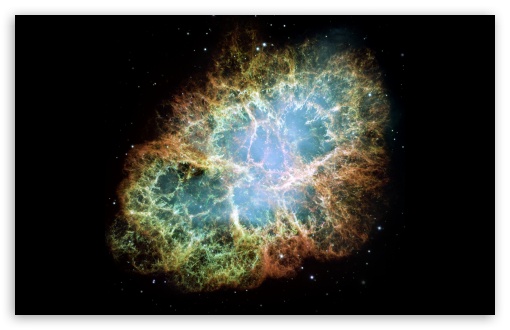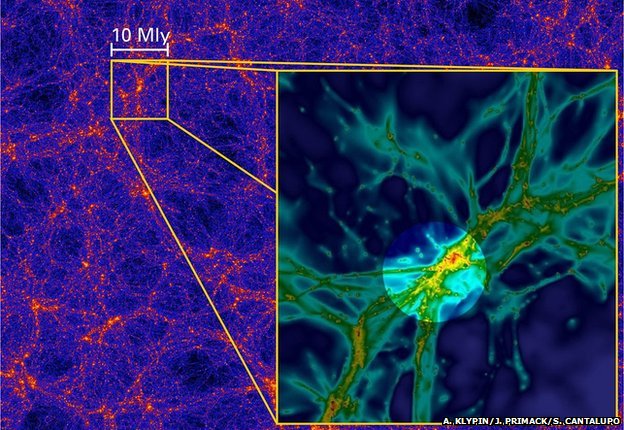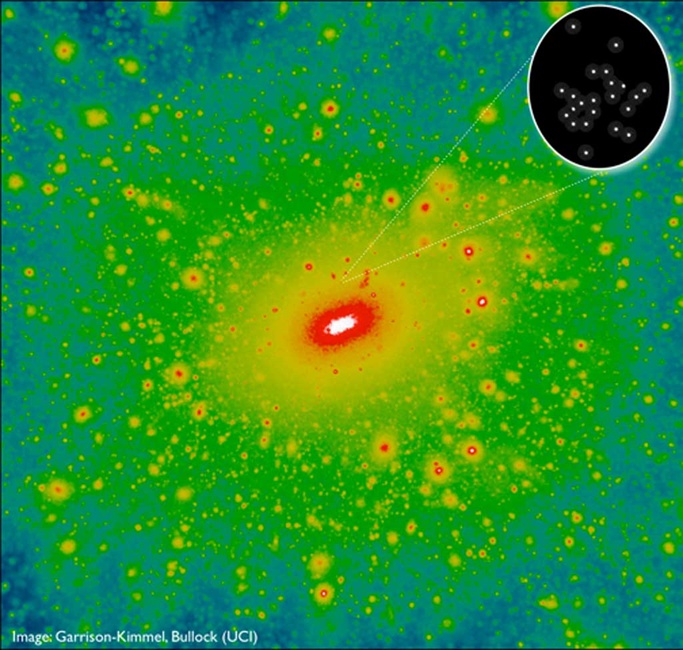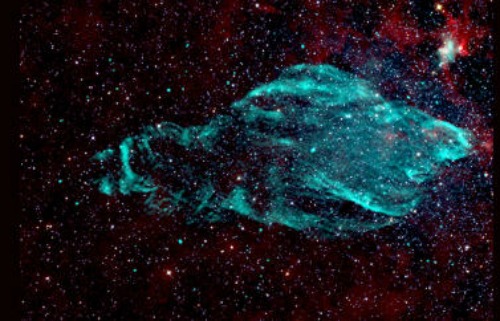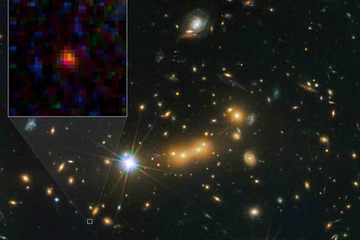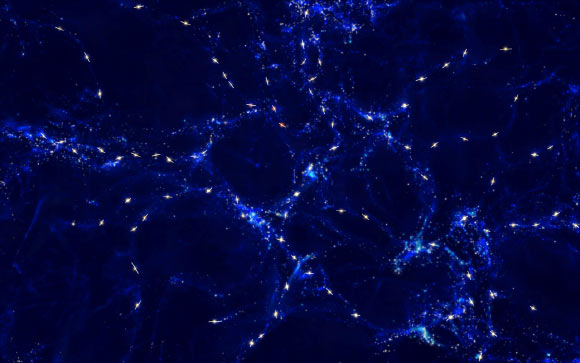
Artist’s impression showing schematically the mysterious alignments between the spin axes of quasars (white) and the large-scale structures (blue) that they inhabit. The rotation axes of the quasars’ black holes are indicated with a line / ESO/M. Kornmess
As we prepare to collectively absorb our Thanksgiving Day feasts and enjoy leftovers, astronomers working with the VLA in Chile have found a massive feature of the large scale cosmos for the mind to try and digest: [Read more…]

